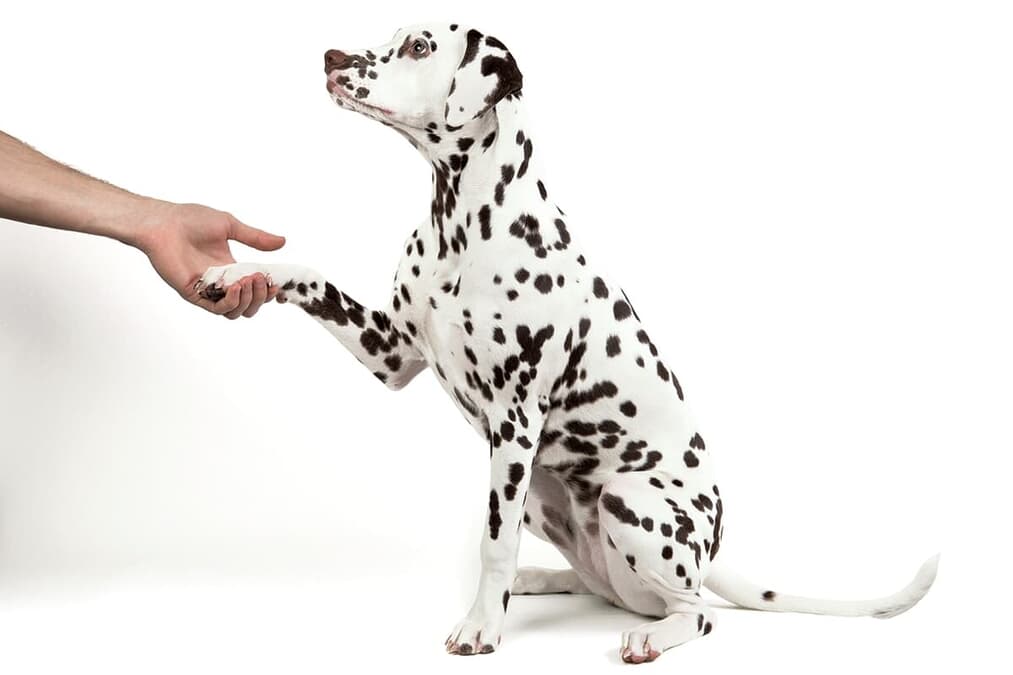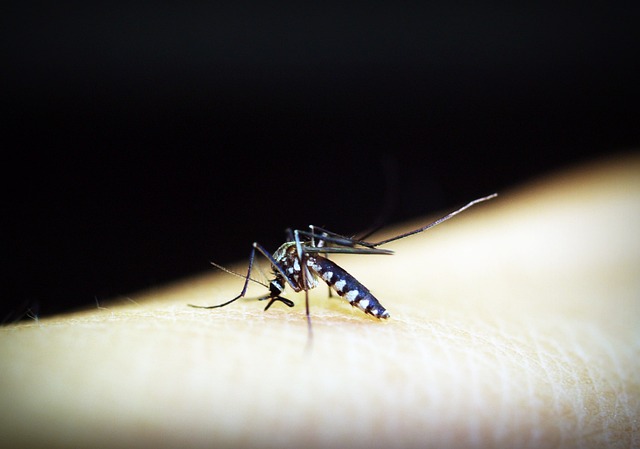
犬は古くから人間のパートナーとして共に暮らしてきました。現代では盲導犬や警察犬など仕事の場面でも共にし、単なるペットではない、生活のあらゆる場面においてなくてはならない存在だと認識されています。
そんな中、犬を飼っている人は、ついつい話しかけて、理解してくれていると勝手に想像しているかもしれません。しかし、最近の研究によって、人間と犬はさらにお互いを理解し合えている可能性が明らかになりました。
犬にも利き手が存在する
人間は左右どちらかの手が器用な動きをしたり、運動能力に優れた「利き手」があります。世界人口の90%以上は右利きで、左利きは少数派だといわれています。
当初、こうした利き手が存在するのは、人間だけだと考えられていましたが、最近の研究によって、犬にも利き手のような「利き足」があることが明らかになりました。
研究では、階段を下りるときの第一歩はどちらか、容器から食べ物を取り出す時はどちらか、人間から「お手」の指示を受けて差し出すのはどちらかという基準で判定が行われました。
その結果、多少のばらつきはあるものの、はっきりとした利き足を持っている犬が多いことが明らかになりました。
利き足で犬の性格を理解できる
このように、犬の利き足を知ることは、人間が犬と意思疎通を実現するためにとても重要だとみられています。
犬の左脳はポジティブな感情を担っており、右脳は恐怖や不安などネガティブな感情に関係していることから、犬が使う足から、犬の気持ちを推し量ることができるようになります。
また、利き足は性格と関連していることも明らかになりました。実験の結果、両利きの犬は、左右どちらかが利き足の犬より攻撃性が高く、雷や花火の音に強く反応したといいます。
つまり、利き足を知ることは、ストレスがかかる状況に犬を特定する上でも役立ち、救助犬や盲導犬を選ぶ時など、人間のパートナー選びの有益な判断材料になるとみられています。
現在は尾の振り方で犬の意思を理解することが多いですが、今後このような研究が進めば、犬との意思疎通がより深いものになり、犬との関係がより親密になると期待されています。

犬は匂いで人間の心理状態を理解する
一方、犬もまた人間について理解している可能性が高いことが明らかになりました。犬4匹と人間36人を対象に「人間のストレス嗅ぎ分け実験」を行なったところ、約94%の精度でストレスを嗅ぎ分けることができたといいます。
これは、人間がストレスを感じると汗や息に含まれる物質が変化する現象を、犬はそれぞれ感知しているとみられています。
この研究結果により、犬は将来的に人間の精神状態をチェックできる可能性が高まり、本格的に人間のメンタル面でサポートが実現する可能性が高いといいます。

家族の一員として多くの人に愛されているとはいっても、犬と人間が直接言葉を交わすことは不可能かもしれません。
しかし、お互いの合図を分かり合えるようになれば、犬と人間の関係性が変わり、いつかは”会話”できるようになるのかもしれません。
Previous research suggests that dogs can detect when humans are experiencing stress. This study tested whether baseline and stress odours were distinguishable to dogs, using a double-blind, two-phase, three-alternative forced-choice procedure. Combined breath and sweat samples were obtained from participants at baseline, and after a stress-inducing (mental arithmetic) task. Participants’ stress was validated with self-report and physiological measures recorded via a Biopac MP150 system. Thirty-six participants’ samples were presented to four dogs across 36 sessions (16, 11, 7 and 2 sessions, respectively). Each session consisted of 10 Phase One training trials and 20 Phase Two discrimination trials. In Phase One, the dog was presented with a participant’s stress sample (taken immediately post-task) alongside two blanks (the sample materials without breath or sweat), and was required to identify the stress sample with an alert behaviour. In Phase Two, the dog was presented with the stress sample, the same participant’s baseline sample (taken pre-task), and a blank. Which sample (blank, baseline, or stress) the dog performed their alert behaviour on was measured. If dogs can correctly alert on the stress sample in Phase Two (when the baseline sample was present), it suggests that baseline and stress odours are distinguishable. Performance ranged from 90.00% to 96.88% accuracy with a combined accuracy of 93.75% (N trials = 720). A binomial test (where probability of success on a single trial was 0.33, and alpha was 0.05) showed that the proportion of correct trials was greater than that expected by chance (p < 0.001). Results indicate that the physiological processes associated with an acute psychological stress response produce changes in the volatile organic compounds emanating from breath and/or sweat that are detectable to dogs. These results add to our understanding of human-dog relationships and could have applications to Emotional Support and Post Traumatic Stress Disorder (PTSD) service dogs.
<「利き手」は人間だけではなく、あらゆる哺乳類にあることが最新研究で判明。犬の利...







